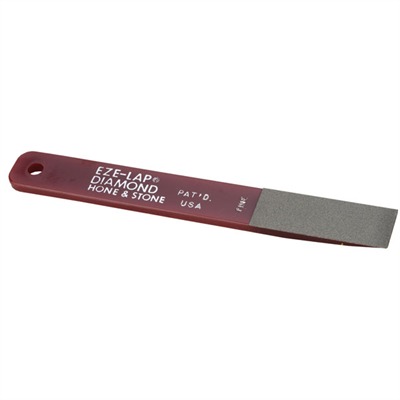Twmaster
Well-Known Member
- Joined
- Oct 24, 2009
- Messages
- 917
- Reaction score
- 3
I hope this is not too silly of a question...
I have some of the brazed carbide tooling that fits my lathe. I've recently tried to use these on some aluminum and steel with mixed results.
Mostly not good results. My little Chinese lathe came with a carbide cutter like the others I have in one of the tool holders for the included QCTP. It cuts fantastically on whatever you ask it to cut.
The only real difference I can -see- is the edges look better than the other stuff I have.
I'm assuming the gentleman who previously had the lathe (a retired tool and die man) had hand ground or honed that bit.
I'd like to clean up these bits I've got. Now before any of you folks pop off and tell me to just use HSS and grind my own, I do that. ;D It just seems a waste to have this tooling sitting about.
So, please do share on how to touch these up and make them cut well.
Thank you.
I have some of the brazed carbide tooling that fits my lathe. I've recently tried to use these on some aluminum and steel with mixed results.
Mostly not good results. My little Chinese lathe came with a carbide cutter like the others I have in one of the tool holders for the included QCTP. It cuts fantastically on whatever you ask it to cut.
The only real difference I can -see- is the edges look better than the other stuff I have.
I'm assuming the gentleman who previously had the lathe (a retired tool and die man) had hand ground or honed that bit.
I'd like to clean up these bits I've got. Now before any of you folks pop off and tell me to just use HSS and grind my own, I do that. ;D It just seems a waste to have this tooling sitting about.
So, please do share on how to touch these up and make them cut well.
Thank you.





